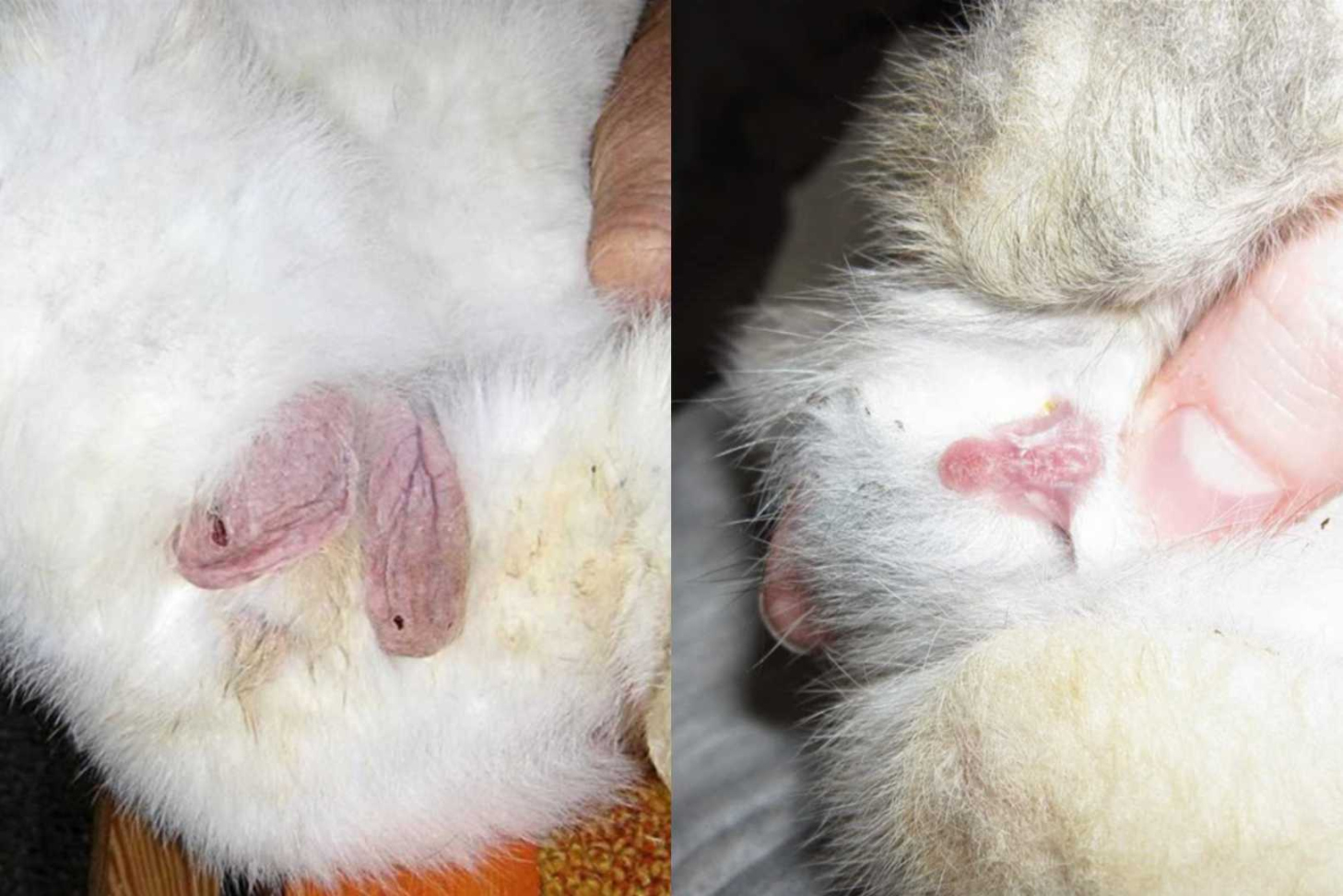How to Tell The Difference Between Male And Female Rabbits
Rabbits are adorable creatures that make wonderful pets. If you are a rabbit owner or planning to get one, it’s important to be able to differentiate between male and female rabbits. While it may be challenging to determine their gender, there are certain physical characteristics and behaviors that can help you determine whether your rabbit is male or female. In this article, we will guide you through the process of telling the difference between male and female rabbits.

Physical Differences
The physical differences between male and female rabbits are subtle but can be observed with a keen eye. Here are some key factors to consider:
- Size: In general, male rabbits tend to be larger in size compared to females. However, this can vary depending on the breed, so it’s not always a reliable indicator.
- Body Shape: Male rabbits often have a more muscular and elongated body shape, while females usually have a rounder and more compact body.
- Head Shape: The shape of the rabbit’s head can also provide clues about its gender. Male rabbits typically have a broader and more angular head, while females have a narrower and more delicate head shape.
- Genital Area: The most accurate way to determine the gender of a rabbit is by examining its genital area. However, this requires a gentle approach and should only be done by experienced rabbit owners or veterinarians.
Behavioral Differences
Observing the behavior of your rabbit can also give you hints about its gender. Here are some behavioral differences between male and female rabbits:
- Territorial Behavior: Male rabbits are often more territorial and may exhibit aggressive behavior when defending their territory. They may also mark their territory with urine.
- Mounting Behavior: Male rabbits tend to mount other rabbits, objects, or even humans more frequently than females. This behavior is associated with dominance and mating instincts.
- Nesting Behavior: Female rabbits show nesting behavior when they are pregnant or preparing to give birth. They may gather hay and other materials to create a nest-like structure.
FAQs (Frequently Asked Questions)
1. Can you tell the gender of a rabbit by its fur color?
No, the fur color of a rabbit is not a reliable indicator of its gender. Physical examination or examining the genital area is the most accurate way to determine the gender.
2. At what age can you determine the gender of a rabbit?
The genital area of a rabbit becomes more distinct and easier to differentiate around 8 to 12 weeks of age. However, it’s always best to consult a veterinarian for a professional opinion.
3. Are male rabbits more aggressive than female rabbits?
Male rabbits can be more territorial and exhibit aggressive behavior when compared to females. However, individual personalities and upbringing can also play a significant role in a rabbit’s behavior.
4. Can rabbits change their gender?
No, rabbits cannot change their gender. Once their gender is determined, it remains consistent throughout their lifespan.
In conclusion, determining the gender of a rabbit can be challenging but not impossible. By observing physical characteristics such as size, body shape, head shape, and genital area, along with behavioral traits like territorial behavior and mounting behavior, you can make an educated guess about whether your rabbit is male or female. Remember, if you are uncertain, it’s always best to consult a veterinarian for a professional opinion. Enjoy the company of your adorable bunny!
Related Articles…
Copyright Notice:
Images displayed on this website are not our property, but are procured from the internet. If you hold copyrights to any image and wish for its removal, please get in touch with us.